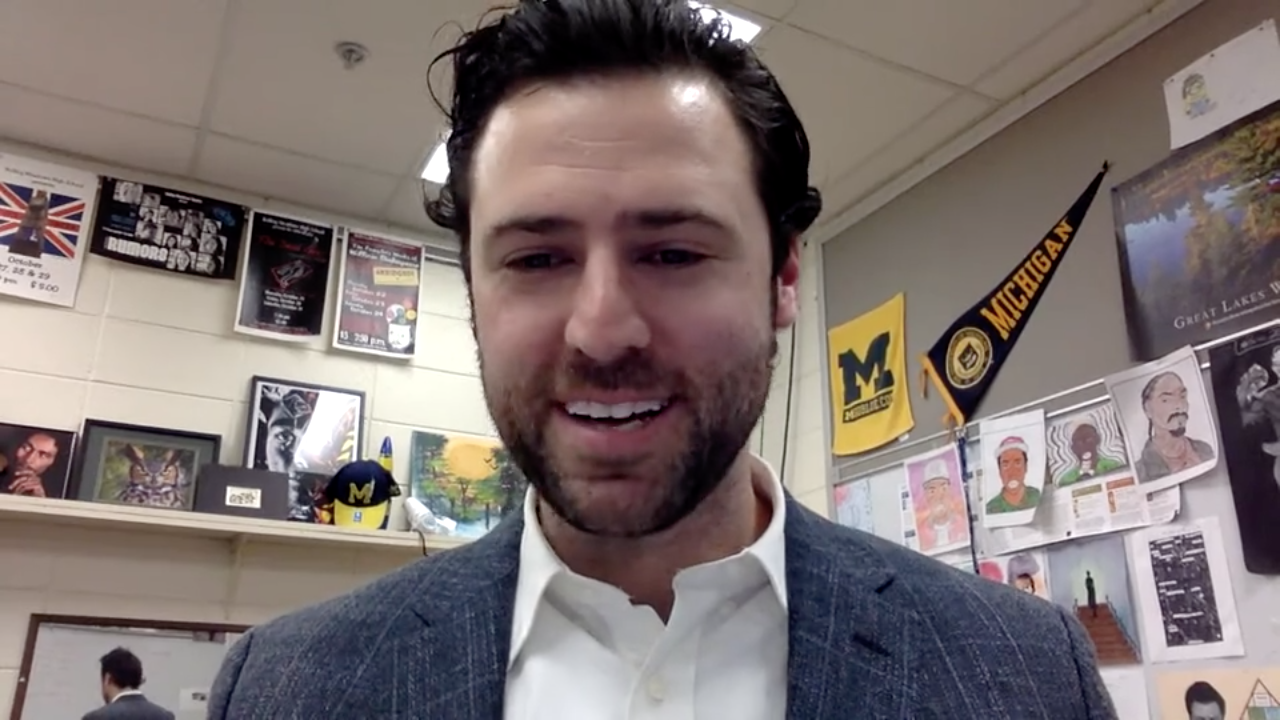Reflections from Caleb on equity
Caleb Parnin from Township High School District 214 shares some powerful thoughts on how using TeachFX affected his practice.
On average, teachers give high-achieving students almost 125% more talk time than low-achieving students (Fisher, 2008). Think about the students in your school most likely to be in the lower achieving group. Are they more likely to be students with disabilities, English learners, coming from low-income households?
Why do teachers treat some groups of students so differently than others? Cutting off student talk silences the students we most need to hear from about their learning and their needs. Could more awareness help us practice more equitable instruction, opening up opportunities for more students?
In this video, Caleb Parnin, a teacher from the Chicago area, shares what he learned from using TeachFX, and reflects on these issues of talk time and equity:
Here are some highlights from Caleb’s video…
Teacher empowerment (0:18) — Caleb likes that with TeachFX no one is telling the teacher what to do, what goal to set, or what’s ‘best’ for a particular class. With TeachFX, you as the teacher get to decide your goals, and TeachFX helps you measure whether you’re getting there.
Immediacy (1:12) — “While it’s still fresh in my brain,” Caleb says, “I’m able to process my class, think about it, and receive data on it. It happens so fast.”
Equity (1:30) — Teachers of high-achieving students spend about 55% of the class time talking, compared with 80% for teachers of low-achieving students (Fisher, 2008). This difference is one of the primary drivers of inequity in the classroom (Lotan, 2014). Often teachers are unaware of their assumptions that create different experiences for distinct groups of students. Research suggests this is often based on the teacher’s beliefs about students’ abilities. The unspoken logic goes something like this: some kids are able to talk and think through ideas for themselves, but with other kids, you just have to tell them. Yikes. And who are “those kids” that teachers have in mind? Caleb had some profound reflections on this very topic as he reviewed his TeachFX data:
“I noticed that I talk more in my lower-level classes than I do in my upper-level classes. In my AP classes I allow students to own the class more than I allow them to in my other classes. And that was pretty convicting. That shouldn’t be the case.
We know that students thrive in environments where they’re welcomed and invited to learn, and it quickly became apparent to me that I did not do that with *all* of my students. I did that with *some* of my students.”
Silence (2:03) — “I like that TeachFX keeps track of silence,” Caleb continues. “Students need that time to process and they need that time to think.” That’s an insight Mary Budd Rowe, the great teacher-researcher who first discovered the power of wait time, wrote about extensively (Rowe, 1986). Caleb says he’s using TeachFX because “I need to make sure that I’ve given them time to process and formulate ideas.”
Ease of use (2:56) — Of all the edtech apps he’s tried, “this is the easiest one to navigate,” Caleb tells us. “It’s just so easy to use” that he can turn it on at any time. Without TeachFX, “I would never have been able to get that feedback.”
Recommendation (3:44) — Caleb believes that with TeachFX “there is something to learn for all teachers.” New teachers can get more of the feedback they’re seeking as they learn to master the craft. Experienced teachers can work on goals they care about without their administrator needing to be involved. He finishes with this:
“I really appreciate the agency that TeachFX affords me.”
Thank you, Caleb, for your thoughts and reflections on TeachFX. Your students are lucky to have you, and you are a great example for us all who care about excellent, equitable instruction!

